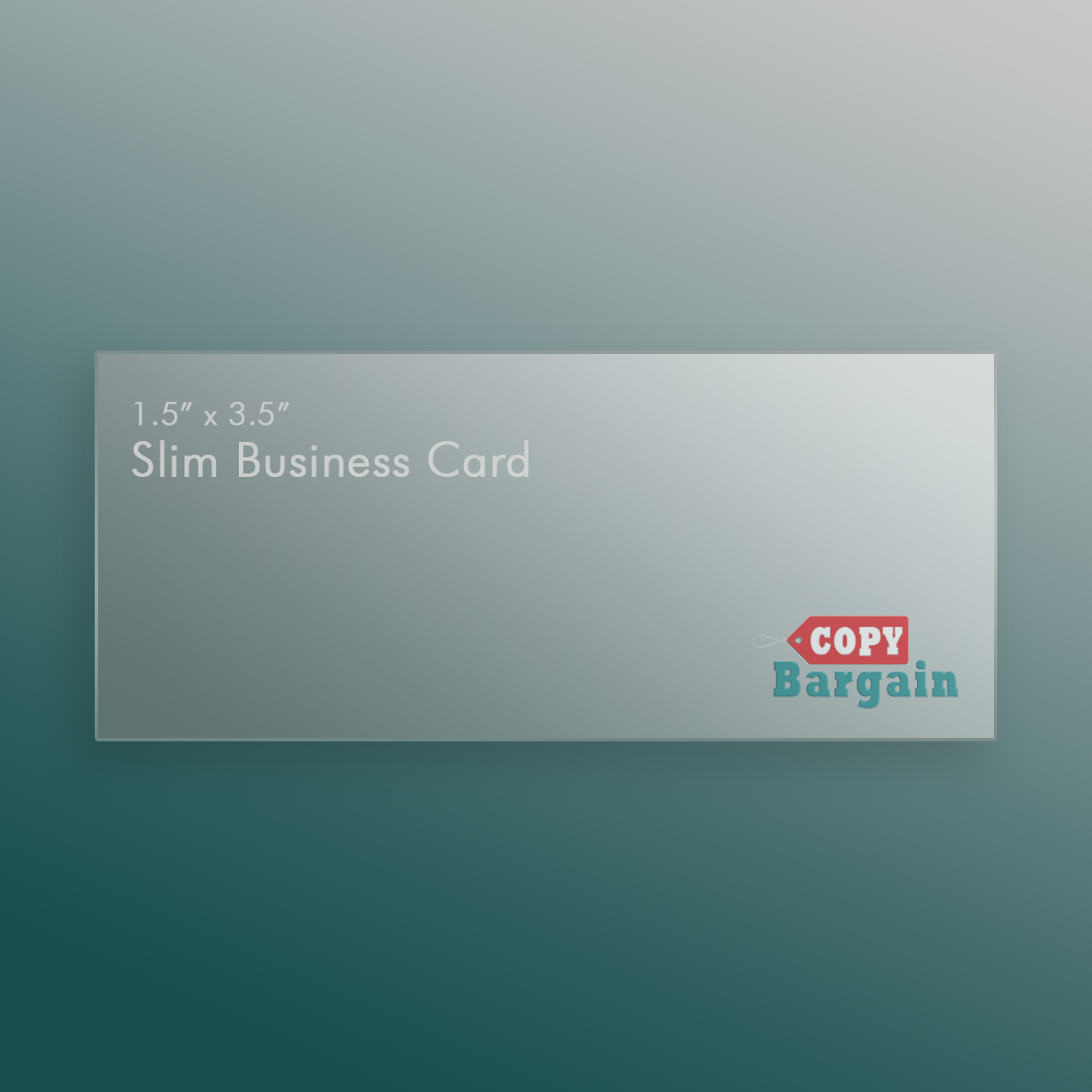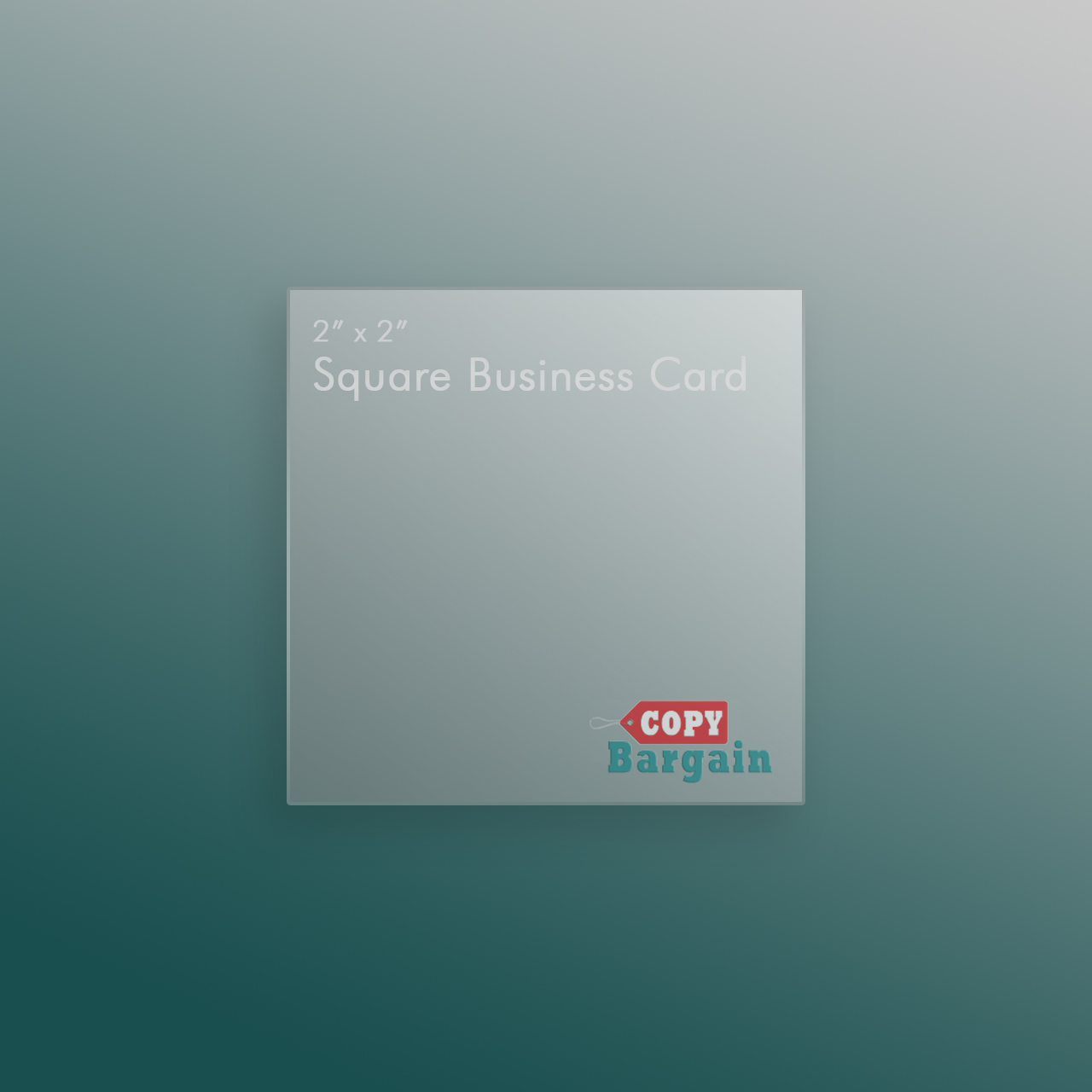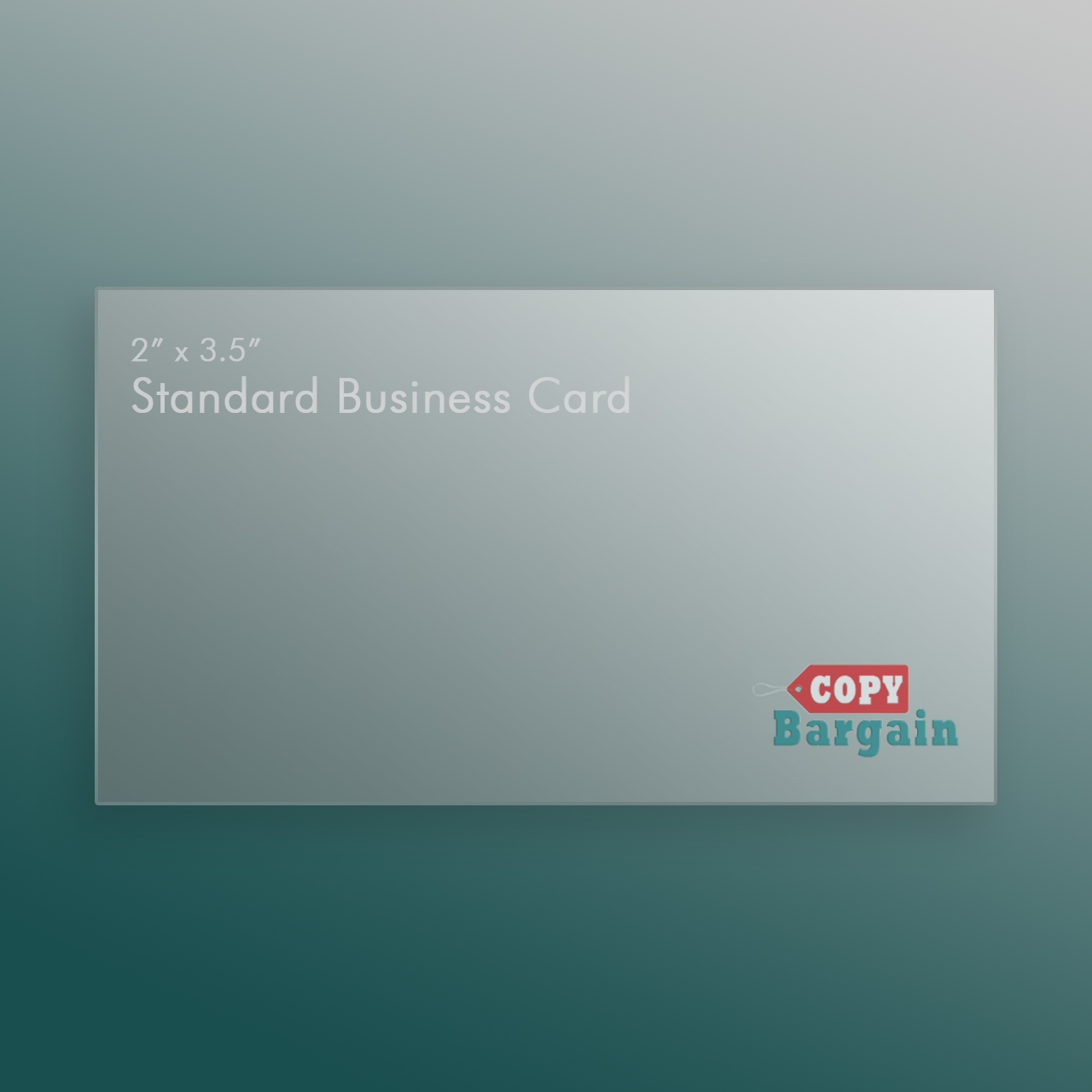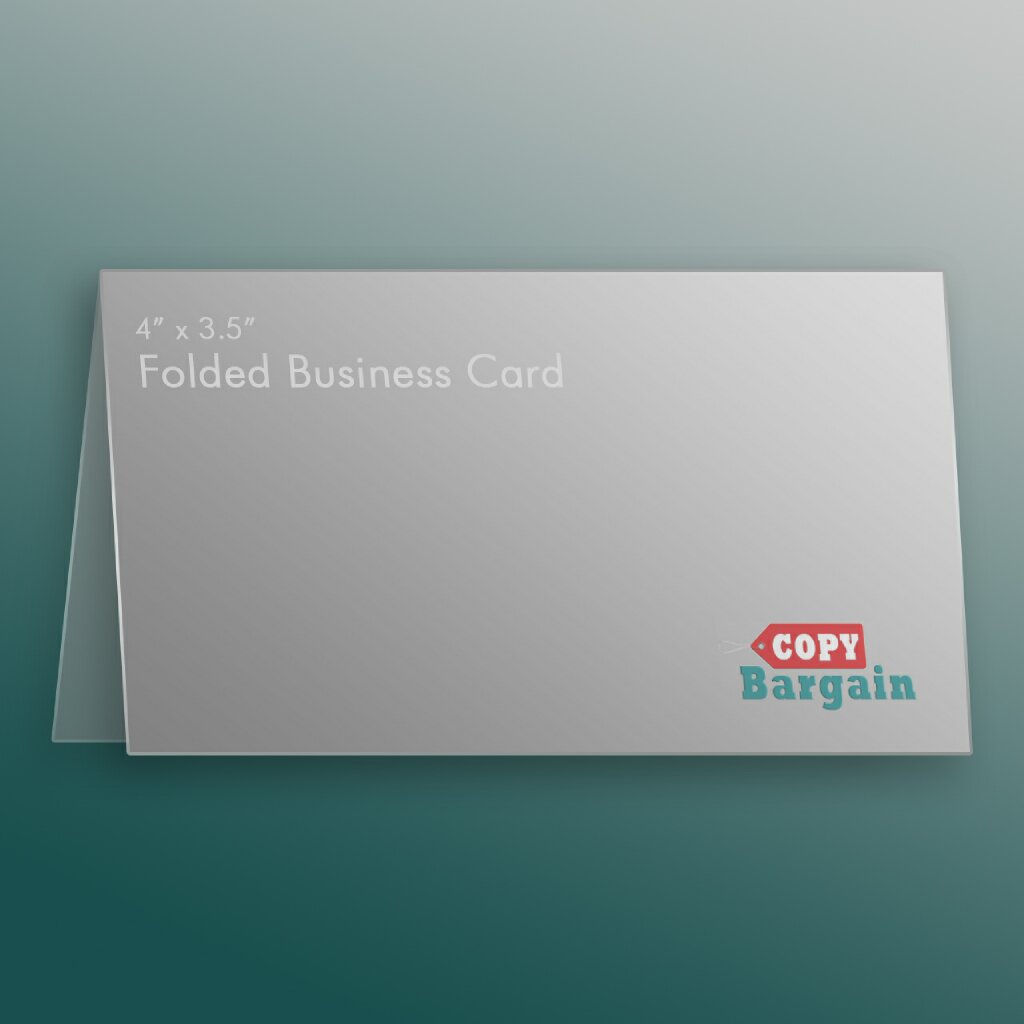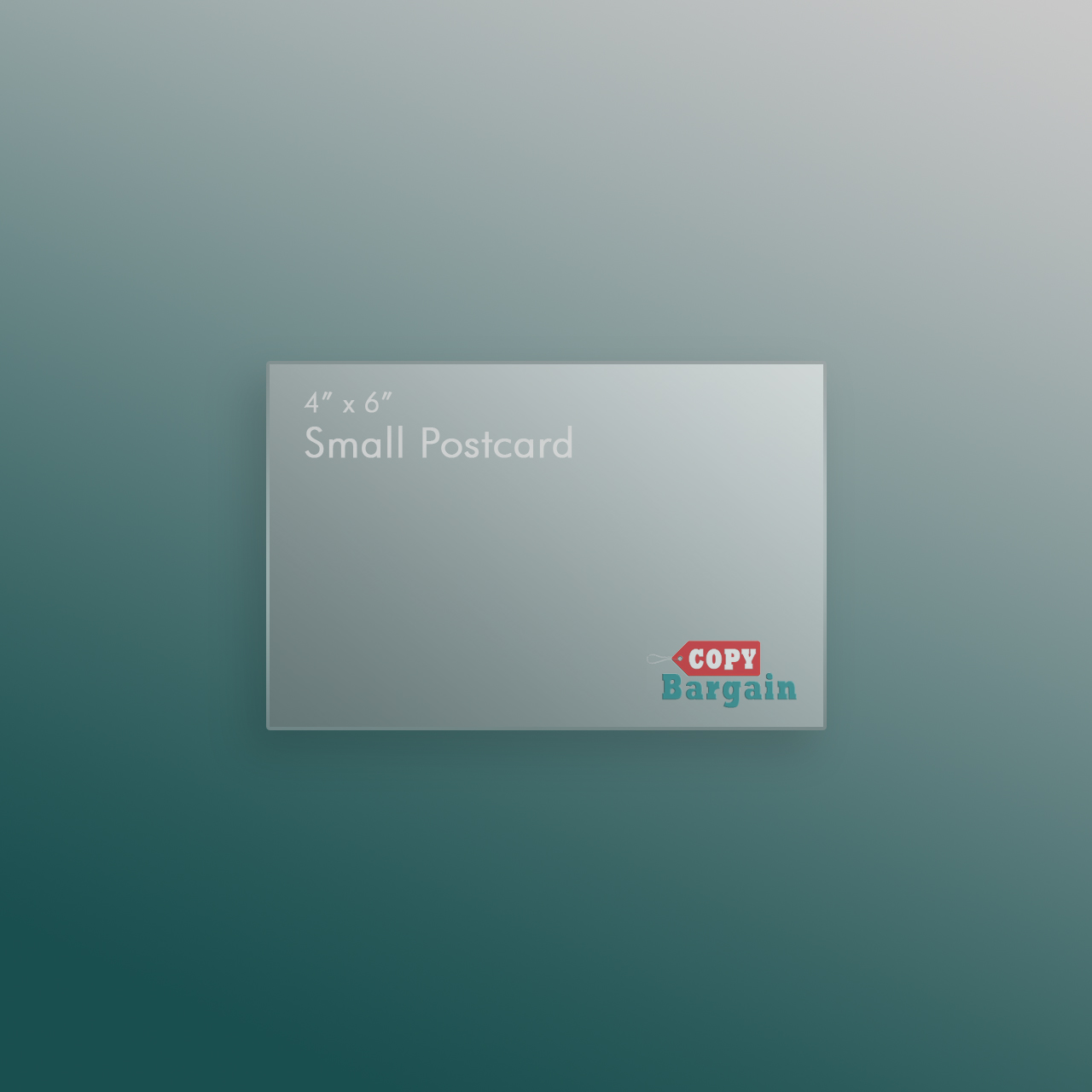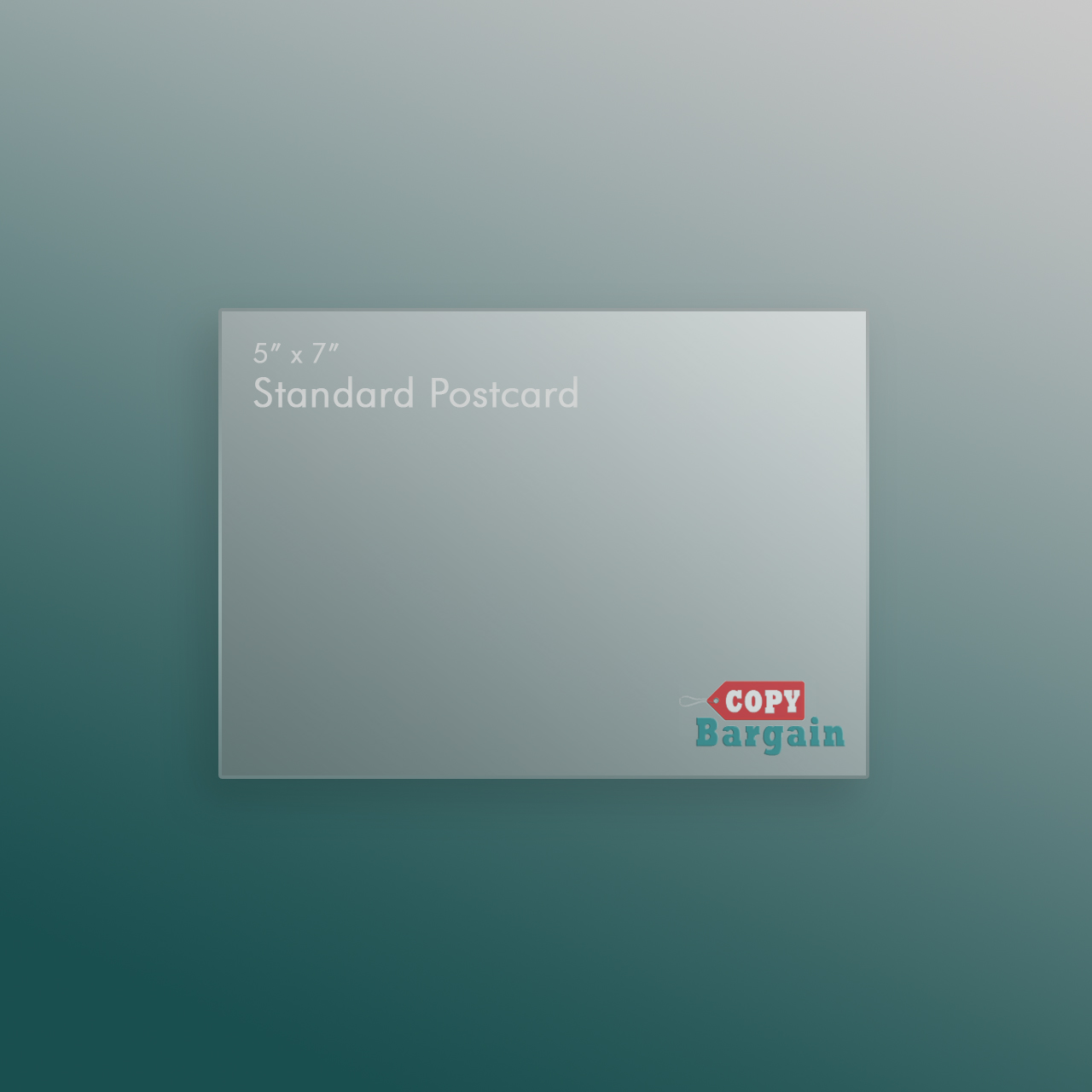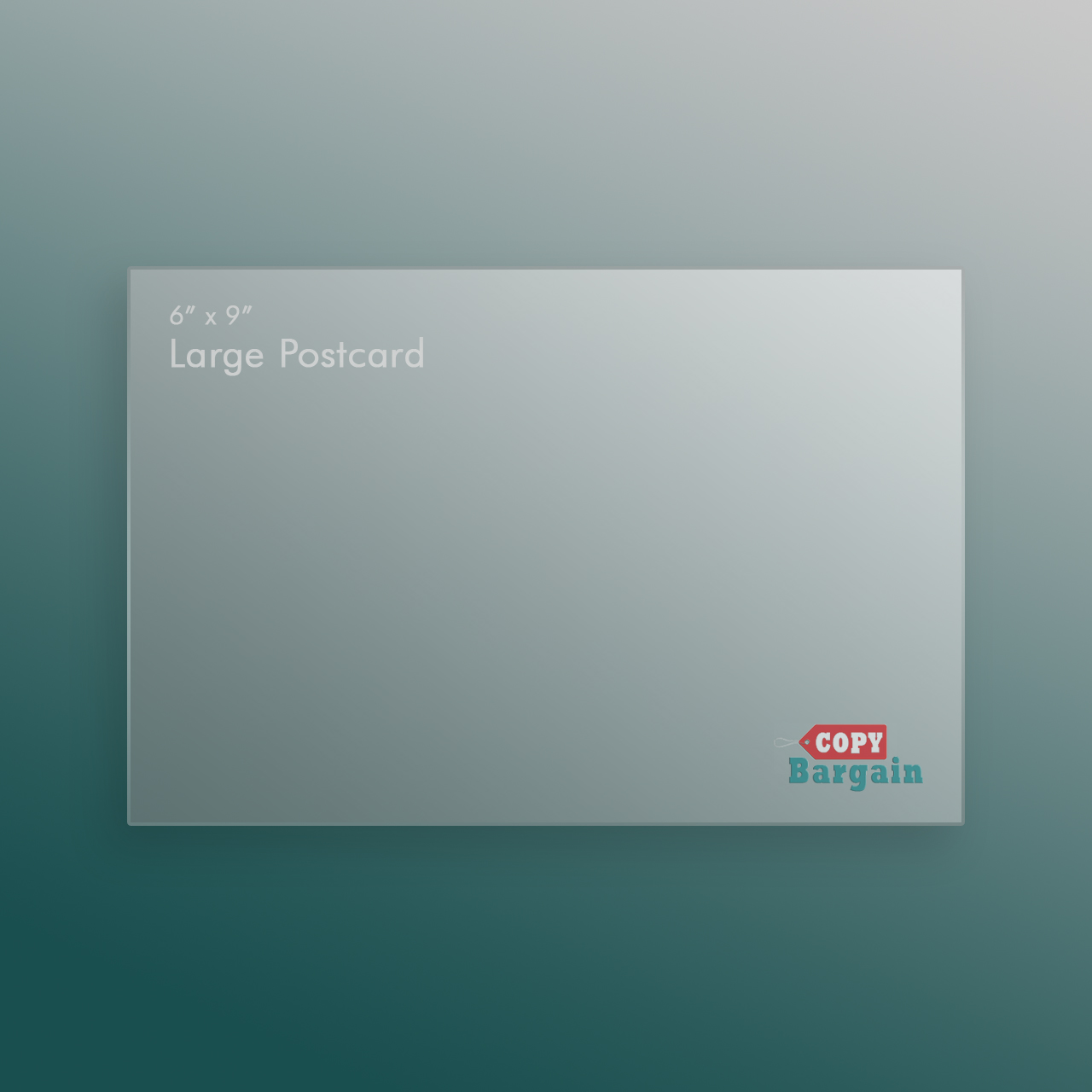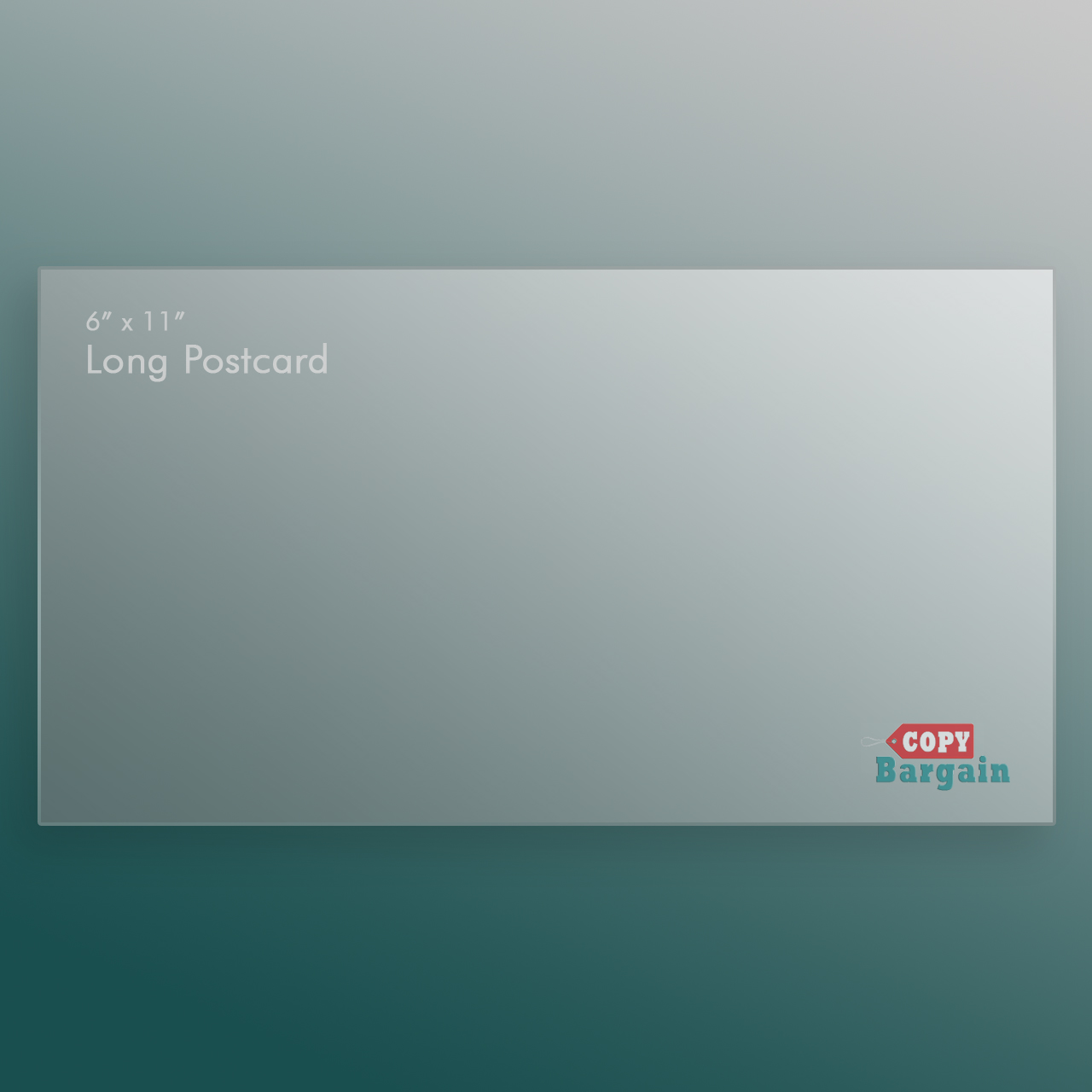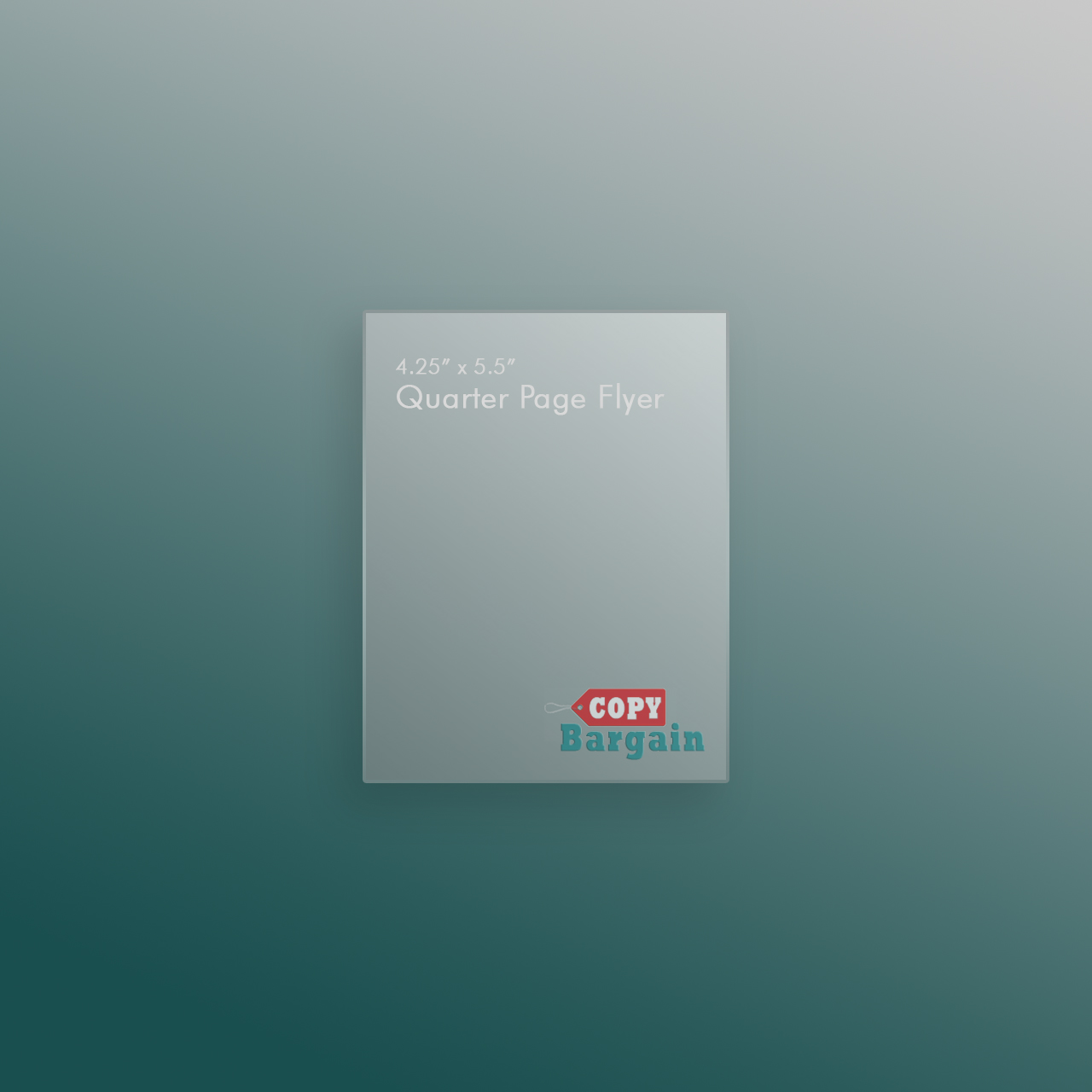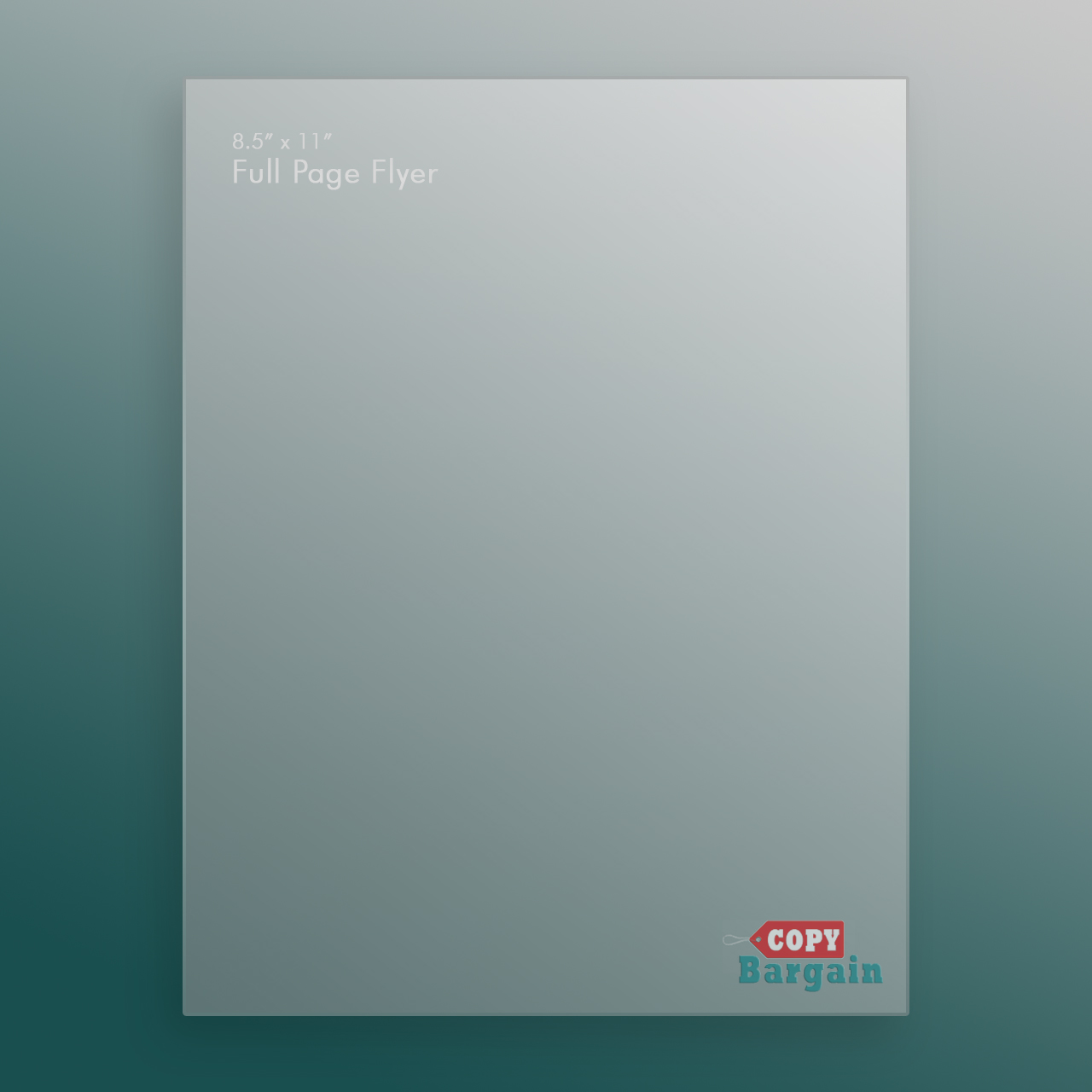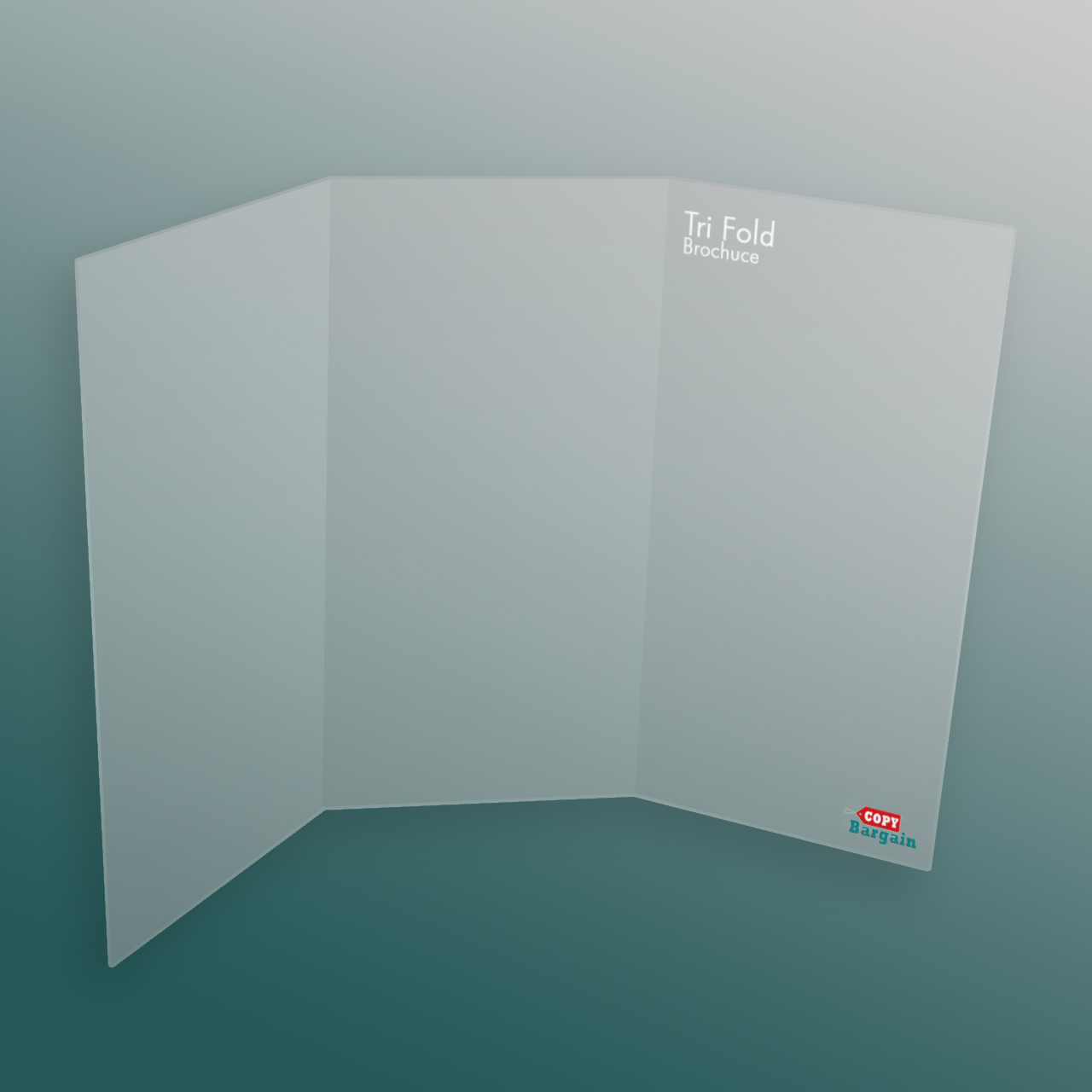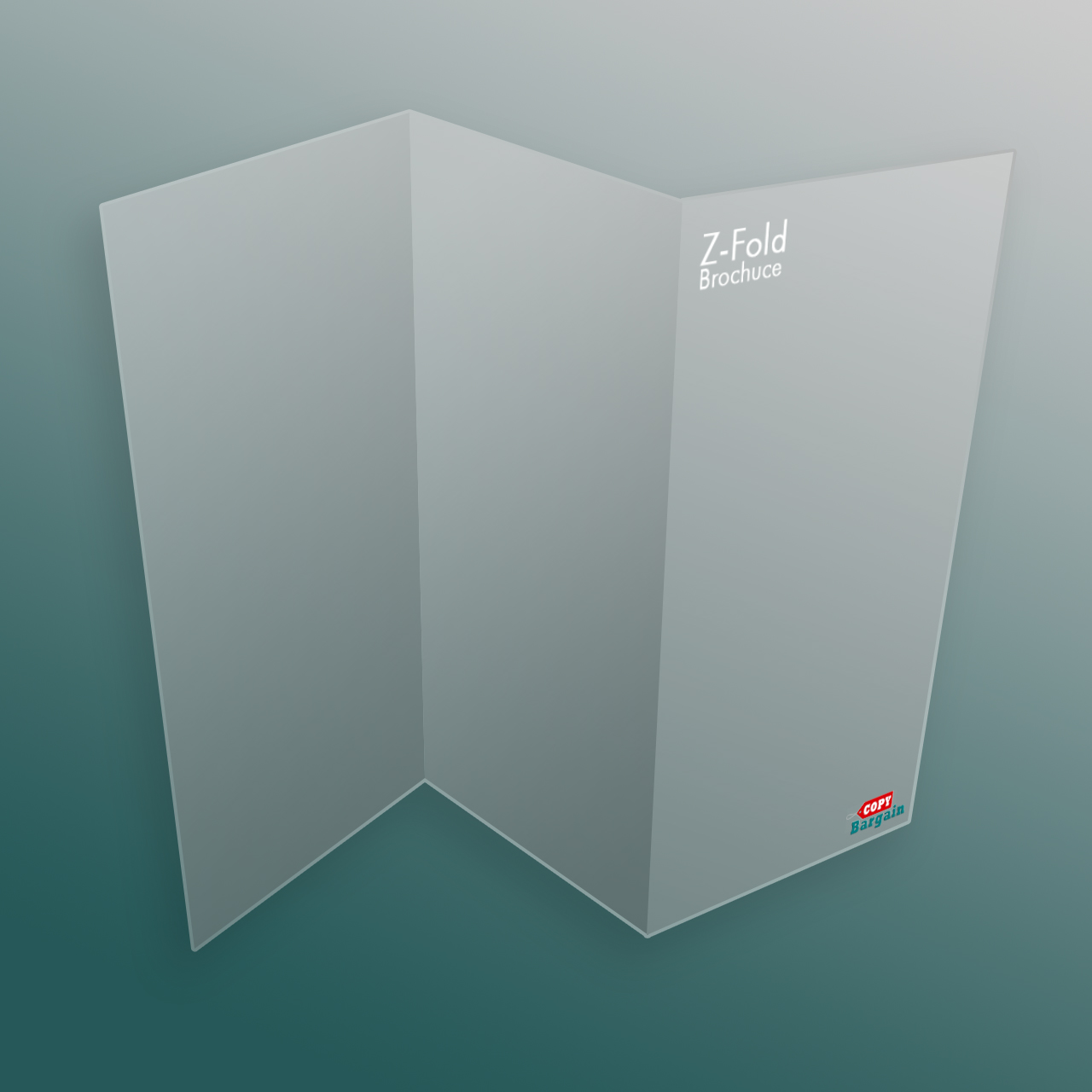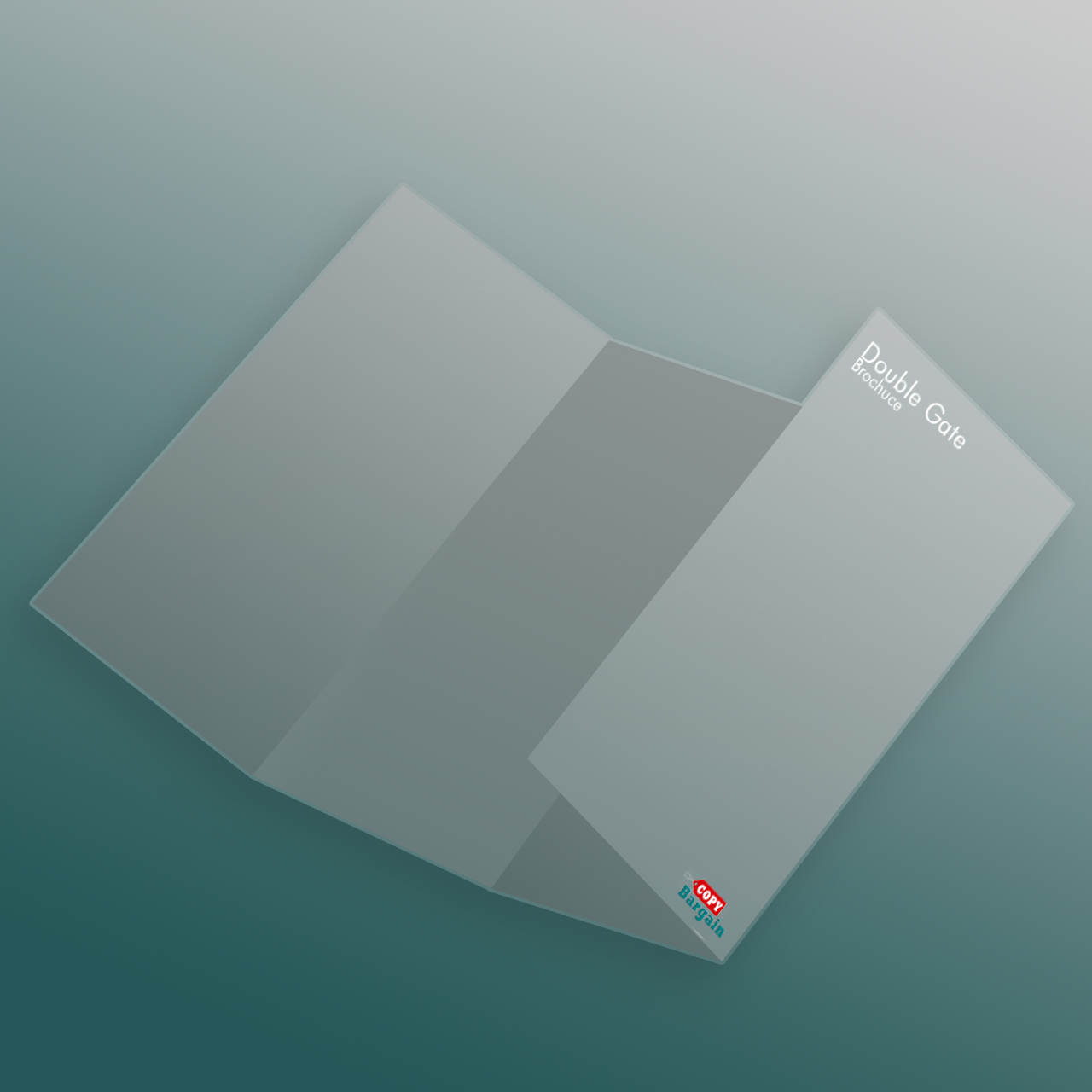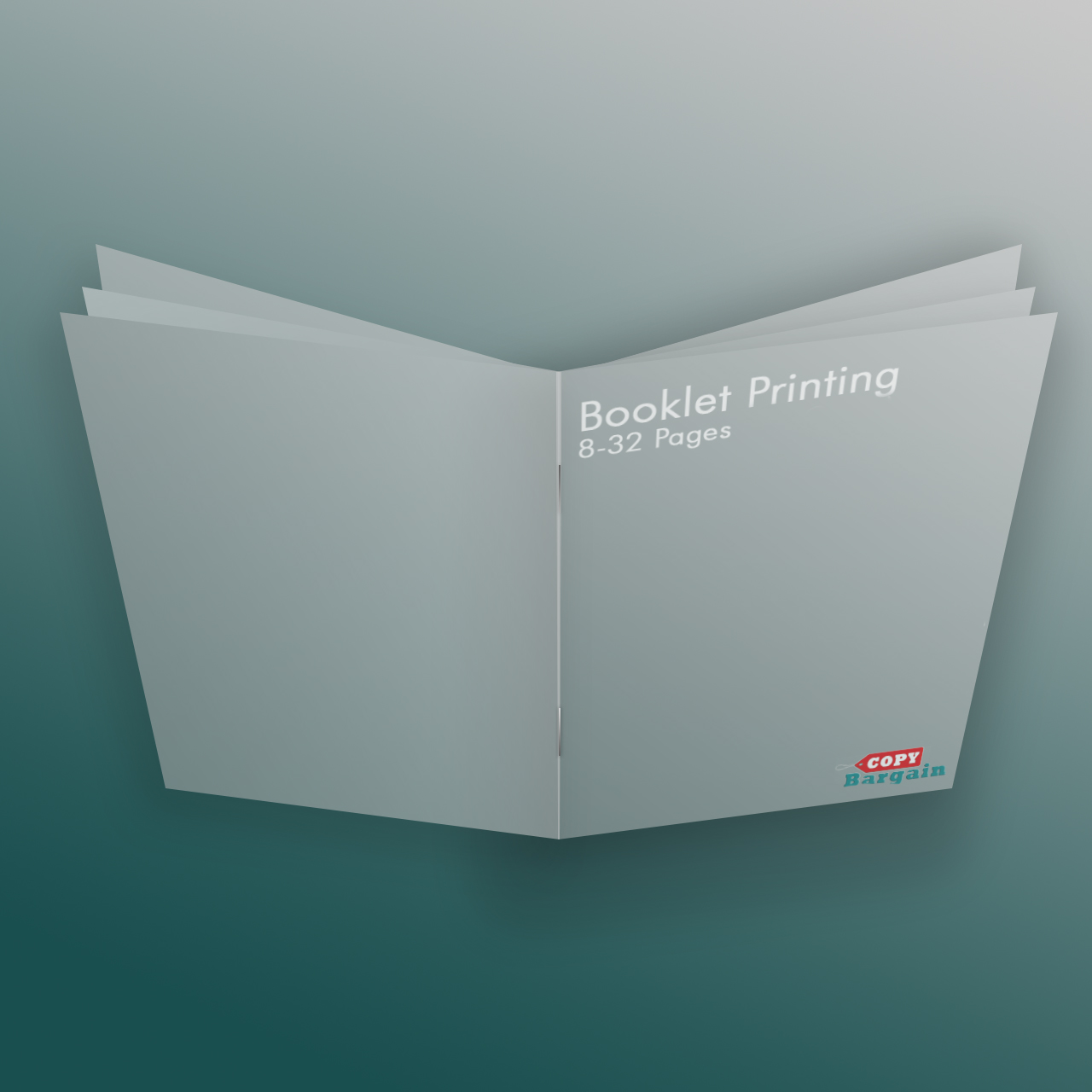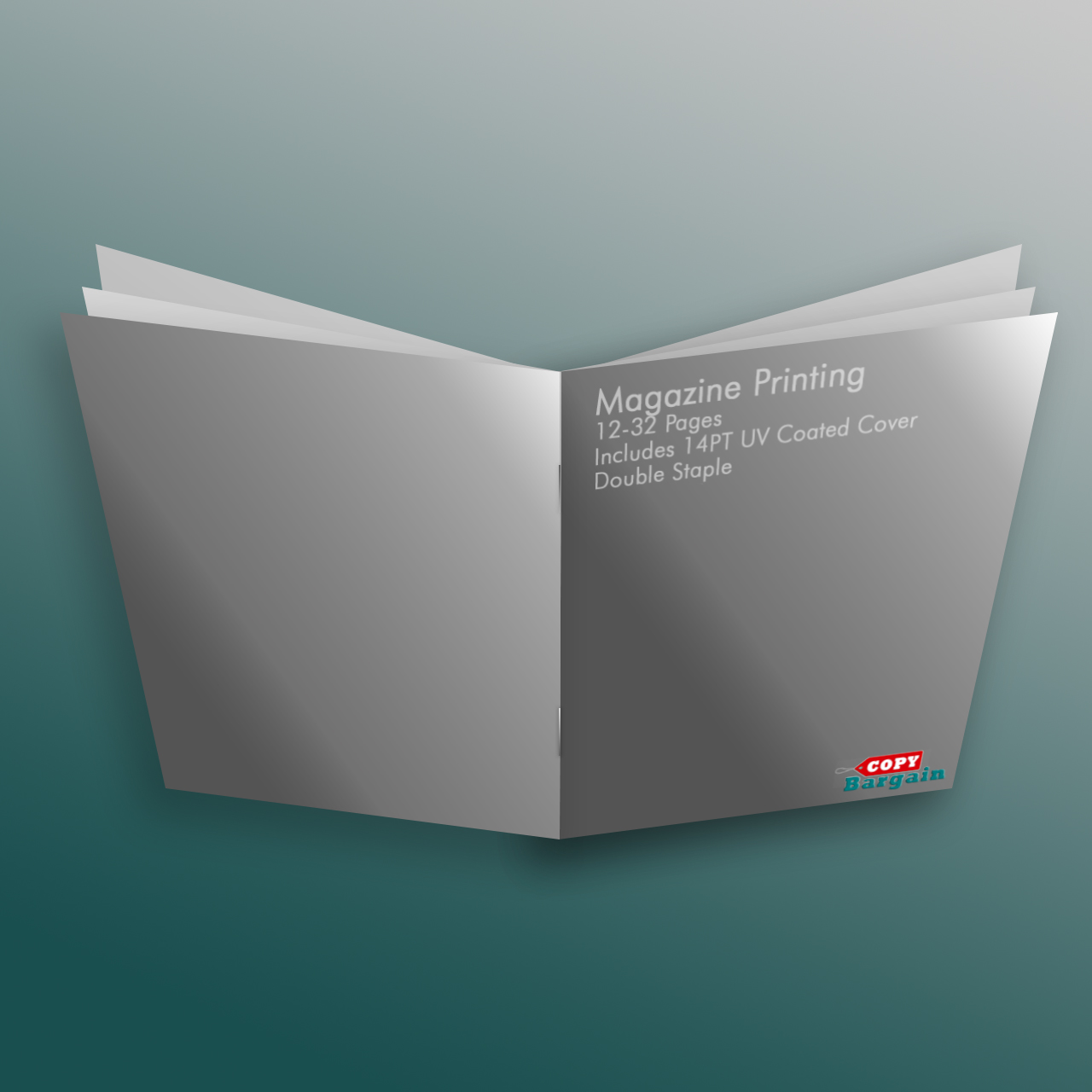More Than Eye Candy: The Purpose of Brochures

Yes, it’s true: Brochures must be attractive and attention-getting. You want to have that visual “wow” factor. But, that’s only one purpose of brochures. There’s a lot more to consider when putting together these valuable marketing materials. So exactly what is a brochure? The following content should be able to explain directly the answer to this question.
Effective Brochure Examples
 A great brochure metaphorically prints “SEX!” at the top of its first page and then treats the rest of the pages as, “Now that I have your attention…”Brochures must impart information, motivate the urge to buy and be easily kept by prospective customers.
A great brochure metaphorically prints “SEX!” at the top of its first page and then treats the rest of the pages as, “Now that I have your attention…”Brochures must impart information, motivate the urge to buy and be easily kept by prospective customers.
There are many types of brochure. Brochures are often available in tri-fold, Z-fold, and double-gatefold designs, and they should be meticulously arranged to draw the eye and keep people’s attention. That’s because an effective brochure layout needs to have fonts that are easy on the eyes and graphics that are colorful and relevant.
The message must also be tailored to the audience and organized so that it emphasizes the most important information. By providing information in a way that shows appreciation and respect to your audience, you present the perception of value and motivate people to buy. For example, the main purpose of a company brochure should enrich the brand and market its products effectively. Any good company brochure example will make it easy to find the most important information at a glance.
A Sales Brochure Example
Let’s say that a fictional company called “Widget-O-Matic” designs a brochure for its new summer line of widgets. The company’s marketing director, Sue, knows that the key to successful brochures is customer interaction. Because Sue already did the requisite planning and research, she can follow the AIDA principle. AIDA stands for:
•Attention
•Interest
•Desire
•Action
Grabbing attention isn’t about your stuff. It’s tough to face, but customers do not care about you, your company or your products. They care about themselves. So, Sue knows that she must make the attention-grabbing portion of the brochure about how her company and products can help them. This serves as the purpose of brochure design, making impact at first glance.
Sue then builds interest by selecting headlines inside the brochure that are, as shown by her research, important to the people of her target demographic. She uses positive images to go with those headlines, showing not only how Widget-O-Matic’s widgets will help her customers be more efficient but also why they will make them more money.
“These widgets can decrease your production costs by 25 percent.”
“Fortune 500 CEOs use these widgets to grow their businesses.”
Sue also knows that many of her brochure readers will respond poorly to dense, flowery language that seems like it came out of a college textbook. She focuses on readability and uses Flesch-Kincaid levels that match her target demographic’s reading preferences.
 By tailoring the brochure design to the customer and showing how widgets will make them more money and better their lives and businesses, Sue creates desire in her customers and motivates them to get their own shiny set of widgets.
By tailoring the brochure design to the customer and showing how widgets will make them more money and better their lives and businesses, Sue creates desire in her customers and motivates them to get their own shiny set of widgets.
The purpose of Sue’s new brochure is to get the customer to buy. A strong call to action is mandatory, but there must also be some perceived additional value provided to spur the customer into buying. It could be a great discount, an ongoing widget loyalty program or even a set of how-to instructions to maximize profits by using or reselling widgets. As a last item, Sue has confidence in her products and therefore includes a money-back guarantee. By removing the risk of the purchase, Sue acknowledges the customer’s understandable concern about quality.
Start Using Brochures to Your Advantage
The benefits of a brochure, especially a quality brochure, can be immense. If you’re interested in more brochure writing examples and the purpose of brochures, or if you’d like to follow Sue’s example and order some brochures of your own, contact Copy Bargain today.

 NEED HELP?
NEED HELP? 